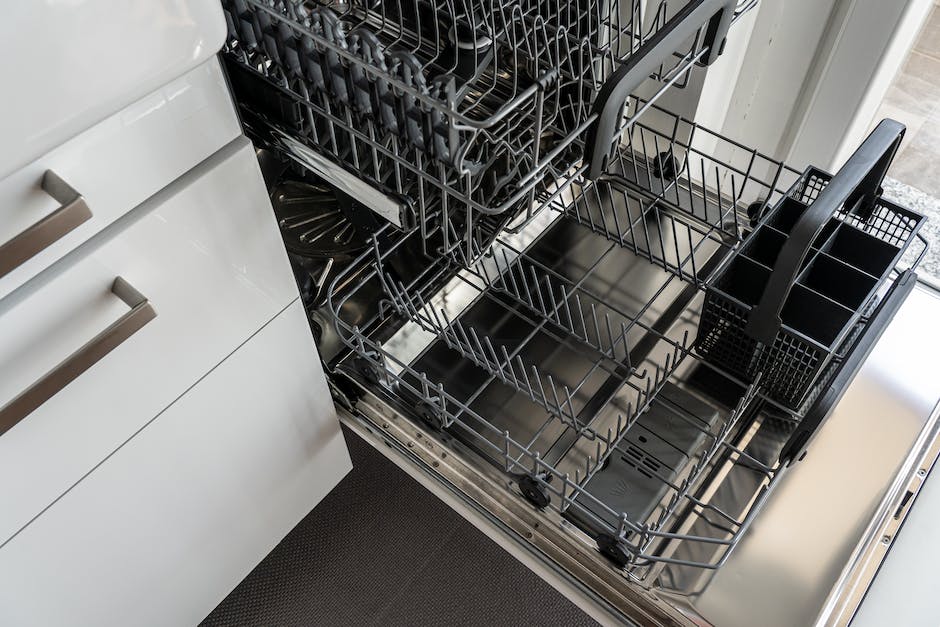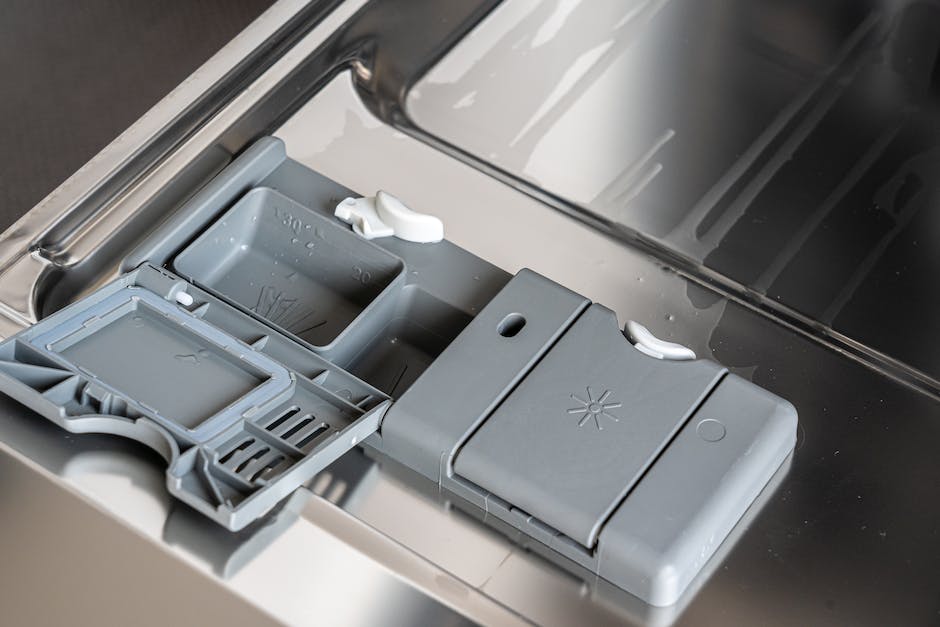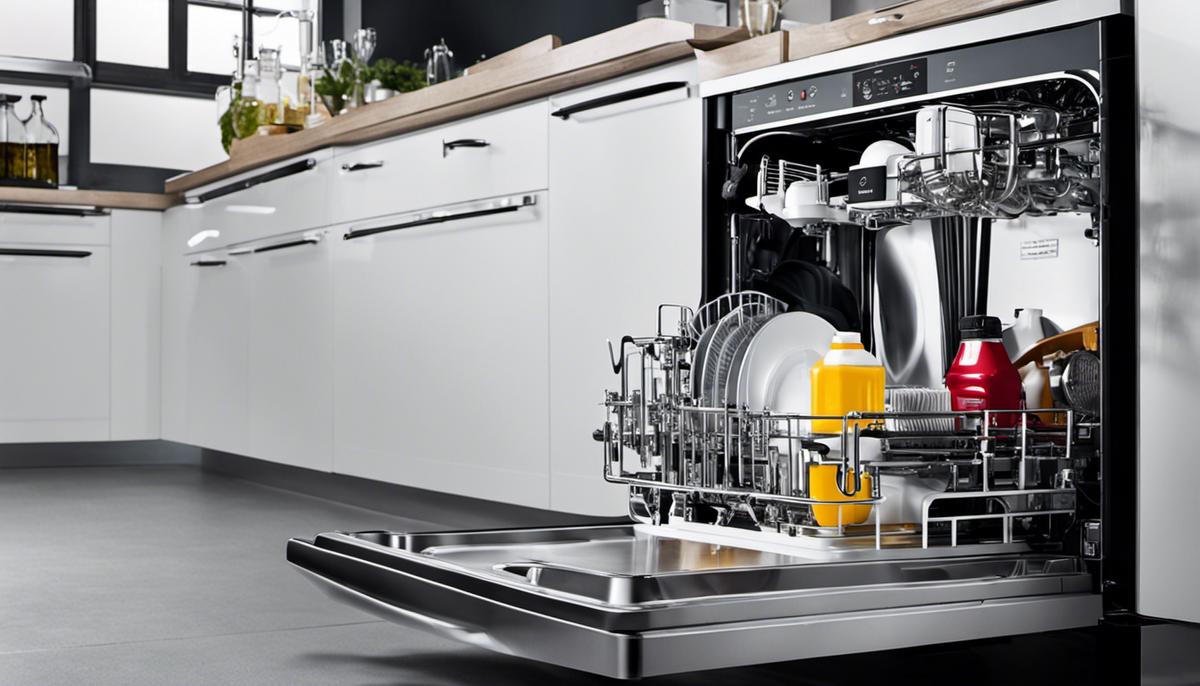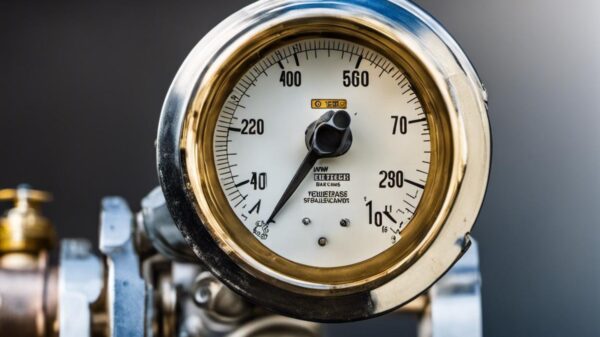How to Maintain Your Dishwasher: A Care Guide
For many of us, the dishwasher is an essential component of our household appliances, assisting in the vital task of keeping the kitchenware clean and ready for use. Yet, as with all machinery, your dishwasher requires a degree of personal understanding and routine care to keep it running efficiently and effectively. This involves gaining a familiar understanding of its core components including the spray arms, filter, detergent dispenser, and heating element. Additionally, establishing regular cleaning and maintenance practices is equally important. Finally, understanding how to troubleshoot common problems can spare you from unnecessary headaches and unexpected expenses, and help you discern when professional help might be needed.
Understanding Your Dishwasher
Title: Demystifying Your Dishwasher – Essential Parts and Their Functions
Start your kitchen adventure into the magical world of dishwashers! At first glance, dishwashers may seem like complex machines, a labyrinth of racks and spray arms, quiet buttons and dials. Yet, with a little enthusiasm and knowledge, anyone can unlock the mystique of these essential home appliances.
One must first remember that the Dishwasher isn’t an alien contraption, rather it’s an embodiment of practical design and engineering. The secret? Familiarity with its essential parts and understanding their functions. Let’s embark on this discovery!
Prime Player 1: The Dish Racks
Yes, the two metallic or plastic coated frameworks you see when you open the dishwasher. The top rack, typically reserved for glasses and smaller dishes; the bottom for larger items, including pots and pans. Their role extends beyond serving as placeholders – they also ensure efficient distribution and exposure to the cleaning water jets.
Wizardry of Water: Spray Arms and Tubes
Spray arms, located below each dish rack, are undeniably the water warriors of your dishwasher. Connected to water tubes, they spin, spraying hot, soapy water on the dishes. These spinning samurais scour all angles, offering the thorough cleanse your dishes deserve.
Carburetor of Cleanliness: Detergent & Rinse Aid Dispenser
No washing process is complete without the right detergent – and the dispenser plays a significant role in holding and releasing it at the right time during the wash cycle. Adjacent to it, the rinse aid dispenser releases rinse aid during the final rinse to help dishes dry without streaks or spots.
The Warm Heart: Heating Element
Tucked at the bottom of your dishwasher, beneath the lower dish rack, the heating element adds heat to the wash cycle. Beyond that, it warms the air inside the dishwasher during the drying cycle, ensuring spick-and-span, perfectly dry dishes.
Command Central: Control Panel & Timer
The place where you call the shots – buttons or dials indicating different wash cycles, temperature, and drying settings. The timer schedules each phase of the cleaning procedure, and a failsafe—stopping the process if something goes awry.
Dirt Detector: Soil Sensor
An unsung hero often overlooked, the soil sensor measures the amount of food particles and debris in each wash cycle’s water. If it senses more dirt, it tells the dishwasher to extend the wash time, ensuring a comprehensive clean.
Power Protectors: Inlet and Drain Valve
These two valves are like doormen for your dishwasher. The inlet valve from the home’s water supply opens to allow water in, while the drain valve opens to let dirty water out. Essentially, they keep the right water flowing in the correct directions.
Forget about fears of malfunction or reducing longevity. With this newfound knowledge, maintaining and troubleshooting your dishwasher becomes a cinch, and potentially even a part of the beloved daily routine. With these essentials broken down, one can truly appreciate the true brilliance and simplicity behind the design of this incredible household helper – the dishwasher.

Routine Cleaning and Maintenance
The Whens and Hows of Cleaning and Maintaining Your Dishwasher
For all those dishwasher loyalists and enthusiasts out there, it’s safe to assume that you appreciate the hand-saving miracles they perform every day. They are indeed a game-changer in the kitchen and deserve to be treated with care and respect. So, without further ado, let’s delve right into the crux of the matter – How often should the dishwasher be cleaned and maintained?
It’s recommended by most dishwasher manufacturers to deep clean your dishwasher once a month. Deep cleaning includes cleaning the interior and the movable parts such as the dish racks, spray arms and tubes. As for regular upkeep, a swift, weekly rinse out is a good practice to keep minor issues at bay.
To do a quick weekly clean, run a rinse cycle with just a cup of white vinegar resting upright on the top rack. This acts like natural deodorizing bleach that rinses away leftover food particles and grease that could potentially clog the spraying arms and tubes over time.
For the monthly deep clean regime, use a toothbrush dipped in warm, soapy water to scrub the edges of the door and around the gasket. The gasket usually encloses the control panel and timer, providing a water-tight seal when the dishwasher is in use. Being a moist nook, it is often a breeding ground for mold and mildew.
Next, clean the spray arms and tubes. Tiny food particles may get lodged in the holes of these arms and tubes – a leading cause for an inefficient dishwasher. A soft piece of wire or a straightened paper clip can be gently used to dislodge the unbudging grime. Remember, the key is to be gentle and avoid harsh poking, aiming to preserve the integrity of your dishwasher parts.
Proceed by placing a cup of baking soda on the bottom rack and run a short, hot-water cycle. Baking soda acts as a mild abrasive that scrapes away the tenacious grime without damaging the interior finish of the dishwasher. It also absorbs foul odors, leaving your dishwasher smelling clean and fresh.
During these monthly inspections, keep an eye on the essential components such as the soil sensor, and the inlet and drain valve. Confirm the soil sensor is clean to ensure efficient operation of the dishwasher. Ascertain the valves are clear of any blockages to uphold the smooth inflow and outflow of water.
Lastly, do a quick check on the detergent and rinse aid dispensers. Deposits of hardened detergent or rinse aid can obstruct proper dispensing. A quick rub-down with a damp cloth can keep these dispensers in top form.
Employing these methods with diligence, one can certainly prolong the life and efficiency of their beloved dishwasher, proving once again, that a bit of care and periodic maintenance goes a long way. Happy cleaning!

Troubleshoot Common Dishwasher Problems
Let’s launch into the realm of common dishwasher problems and how DIY hobbyists can step up to plate to help fix them at home. This is knowledge you’ll be glad to have in your arsenal when facing one of those unexpected mishaps.
Starting off with one of the most common issues that a lot of dishwashers face: the dishwasher not filling. It could be due to a snag in the water supply line, a fault in the inlet valve or a failed float switch. You may want to first check if the water supply valve is fully open, and then inspect the inlet valve for clogs. If it’s the float switch, make sure nothing is obstructing it from rising or falling properly.
Another issue is the dishwasher not draining. The usual culprits? Blocked drain hoses or pump, a non-functioning drain valve, or even a jammed garbage disposer. With the power and water supply switched off, try inspecting the hoses for clogs – a straightened wire hanger can be helpful for this! If you notice the drain valve arm isn’t moving freely, that could be a symptom of a blockage that can be cleaned out.
A leaking dishwasher can certainly be a dampener, but all is not lost. Often, an improperly loaded dishwasher or a faulty door gasket is to blame. Make sure you’re not overcrowding the dish racks, and check the condition of the door gasket. A hard or brittle gasket should be replaced.
Dishwashers are silent workers, but it’s problematic when it becomes too silent. No cycle noise could mean the dishwasher pump or wash motor has gone out of commission. To avoid electrical mishaps, it’s best to plan a visit from a professional for repair or replacement.
A dishwasher not drying dishes effectively can baffle many. Usually, it’s a sign that the heating element is not working properly or that there is a problem with the high limit thermostat. Running a diagnostic test can help identify the root cause.
Of course, always remember to keep safety at the forefront and shut off power and water supply when needed. This can be an exciting journey to keep your dishwasher humming along and maintain its vitality for years to come. Knowledge they say, is power and yours just got power-packed! Keep that spirit of curiosity and learning going, because remember, there’s always more to explore in the fascinating world of dishwasher mechanics!

Conclusion
Overall, recognizing the significance of our dishwashers and treating them with the attention they deserve can greatly enhance their longevity and performance. A clear understanding of the component functions, implementing routine cleaning and maintenance practices, and being well-equipped to troubleshoot frequent issues are key steps in achieving this. By taking the time to understand and care for your dishwasher, you will find that not only does it run more effectively, but you will also mitigate potential issues before they amplify into more serious, costly problems. Remember, if you look after your dishwasher, it will look after you, making your household chores a little easier, and your life a little better.








